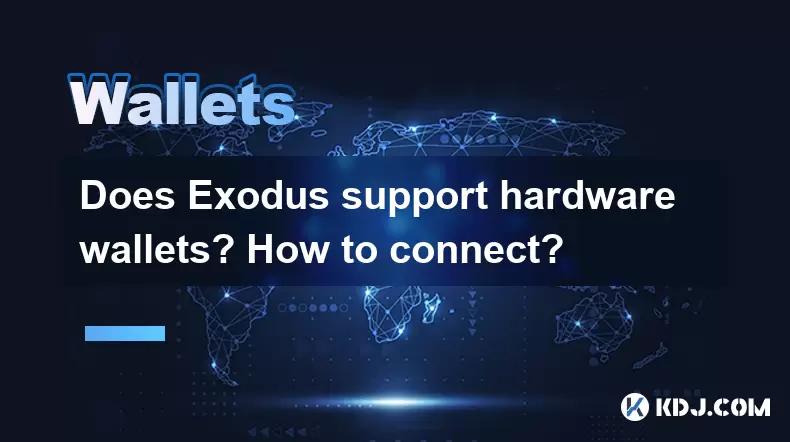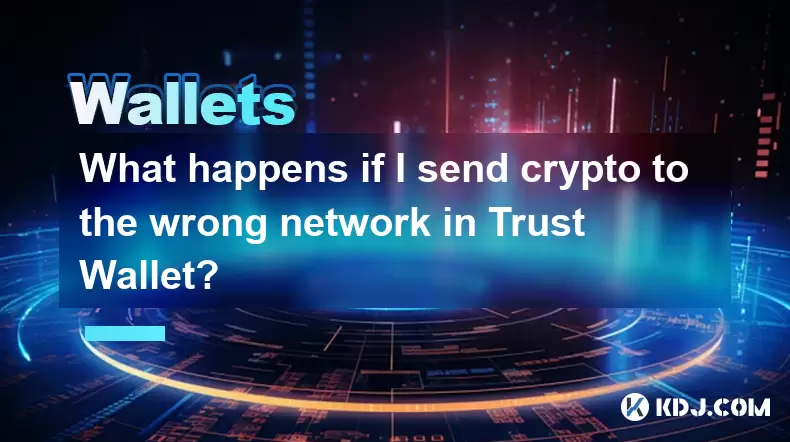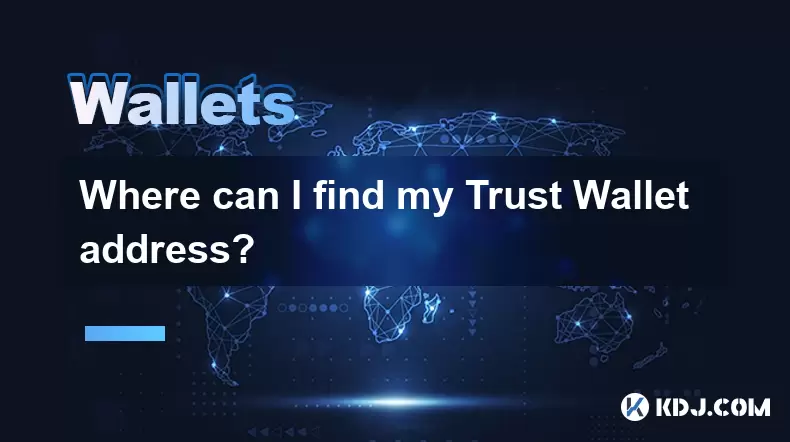-
 Bitcoin
Bitcoin $113900
-1.39% -
 Ethereum
Ethereum $3517
-4.15% -
 XRP
XRP $3.009
1.59% -
 Tether USDt
Tether USDt $0.9997
-0.04% -
 BNB
BNB $766.8
-1.41% -
 Solana
Solana $164.6
-2.38% -
 USDC
USDC $0.9998
-0.02% -
 TRON
TRON $0.3277
0.65% -
 Dogecoin
Dogecoin $0.2023
-1.67% -
 Cardano
Cardano $0.7246
0.05% -
 Hyperliquid
Hyperliquid $38.27
-4.77% -
 Sui
Sui $3.528
-0.52% -
 Stellar
Stellar $0.3890
-0.73% -
 Chainlink
Chainlink $16.16
-2.69% -
 Bitcoin Cash
Bitcoin Cash $539.9
-4.38% -
 Hedera
Hedera $0.2425
-2.00% -
 Avalanche
Avalanche $21.71
-0.97% -
 Toncoin
Toncoin $3.662
5.73% -
 Ethena USDe
Ethena USDe $1.000
-0.02% -
 UNUS SED LEO
UNUS SED LEO $8.964
0.35% -
 Litecoin
Litecoin $107.7
2.33% -
 Shiba Inu
Shiba Inu $0.00001223
-0.40% -
 Polkadot
Polkadot $3.617
-0.97% -
 Uniswap
Uniswap $9.052
-2.49% -
 Monero
Monero $295.1
-3.79% -
 Dai
Dai $0.9999
0.00% -
 Bitget Token
Bitget Token $4.315
-1.85% -
 Pepe
Pepe $0.00001060
0.11% -
 Cronos
Cronos $0.1342
-2.72% -
 Aave
Aave $256.0
-0.87%
Does Exodus support hardware wallets? How to connect?
Exodus supports Ledger Nano S and X for enhanced security; connect by installing Ledger Live, updating firmware, and adding accounts in Exodus.
May 09, 2025 at 09:07 pm

Does Exodus Support Hardware Wallets? How to Connect?
Exodus, a popular cryptocurrency wallet, offers a user-friendly interface and supports a wide range of cryptocurrencies. One of the key features that many users look for in a wallet is the ability to connect to hardware wallets for enhanced security. In this article, we will explore whether Exodus supports hardware wallets and provide a detailed guide on how to connect them.
What Are Hardware Wallets?
Hardware wallets are physical devices designed to store your cryptocurrency securely offline. They provide an additional layer of security by keeping your private keys isolated from internet-connected devices, reducing the risk of hacking and theft. Popular hardware wallets include the Ledger Nano S, Ledger Nano X, and Trezor.
Does Exodus Support Hardware Wallets?
Yes, Exodus does support hardware wallets. Specifically, Exodus is compatible with the Ledger Nano S and Ledger Nano X. This integration allows users to manage their cryptocurrencies securely while enjoying the user-friendly interface of Exodus.
How to Connect a Ledger Nano S to Exodus
Connecting a Ledger Nano S to Exodus is a straightforward process. Here are the detailed steps to follow:
Install the Ledger Live App: First, ensure that your Ledger Nano S is set up and the Ledger Live app is installed on your computer. This app is necessary for managing your Ledger device.
Update Firmware: Make sure your Ledger Nano S firmware is up to date. Open the Ledger Live app, connect your Ledger device, and follow the prompts to update the firmware if necessary.
Install the Bitcoin App on Ledger: Open the Ledger Live app, go to the "Manager" section, and install the Bitcoin app on your Ledger Nano S. This app is required for Exodus to communicate with your Ledger device.
Open Exodus: Launch the Exodus wallet on your computer.
Connect Ledger to Exodus: In Exodus, click on the "Hardware Wallet" icon located at the bottom left of the wallet interface. Select "Ledger" from the list of available hardware wallets.
Authorize Connection: On your Ledger Nano S, navigate to the Bitcoin app and press both buttons to open it. When prompted, allow the connection to Exodus by pressing both buttons again.
Select Accounts: In Exodus, you will see a list of accounts associated with your Ledger Nano S. Select the accounts you want to manage in Exodus and click "Add to Portfolio."
Verify Connection: Once the accounts are added, you can verify the connection by checking the balance and transaction history in Exodus. Your Ledger Nano S should now be successfully connected to Exodus.
How to Connect a Ledger Nano X to Exodus
The process of connecting a Ledger Nano X to Exodus is similar to that of the Ledger Nano S. Here are the detailed steps:
Install the Ledger Live App: Ensure that your Ledger Nano X is set up and the Ledger Live app is installed on your computer.
Update Firmware: Connect your Ledger Nano X to your computer and open the Ledger Live app. Update the firmware if necessary by following the prompts.
Install the Bitcoin App on Ledger: In the Ledger Live app, go to the "Manager" section and install the Bitcoin app on your Ledger Nano X.
Open Exodus: Launch the Exodus wallet on your computer.
Connect Ledger to Exodus: In Exodus, click on the "Hardware Wallet" icon at the bottom left of the wallet interface. Select "Ledger" from the list of available hardware wallets.
Authorize Connection: On your Ledger Nano X, navigate to the Bitcoin app and press both buttons to open it. When prompted, allow the connection to Exodus by pressing both buttons again.
Select Accounts: In Exodus, you will see a list of accounts associated with your Ledger Nano X. Select the accounts you want to manage in Exodus and click "Add to Portfolio."
Verify Connection: Once the accounts are added, you can verify the connection by checking the balance and transaction history in Exodus. Your Ledger Nano X should now be successfully connected to Exodus.
Managing Your Hardware Wallet in Exodus
Once your hardware wallet is connected to Exodus, you can manage your cryptocurrencies securely. Here are some key features and functionalities:
Viewing Balances: You can view the balances of your cryptocurrencies stored on your hardware wallet directly within the Exodus interface.
Sending and Receiving: You can send and receive cryptocurrencies using your hardware wallet through Exodus. When sending, you will need to confirm the transaction on your hardware device.
Transaction History: Exodus displays the transaction history of your hardware wallet accounts, allowing you to keep track of your activities.
Security: All private keys remain securely stored on your hardware wallet, ensuring that your funds are protected even if your computer is compromised.
Troubleshooting Common Issues
While connecting a hardware wallet to Exodus is generally straightforward, you may encounter some common issues. Here are some troubleshooting tips:
Connection Issues: If Exodus cannot detect your hardware wallet, ensure that your Ledger device is properly connected to your computer and that the Bitcoin app is open on the device.
Firmware Updates: If you encounter issues after a firmware update, try reinstalling the Bitcoin app on your Ledger device.
Compatibility: Ensure that you are using a supported version of the Ledger Live app and that your hardware wallet firmware is compatible with Exodus.
Error Messages: If you receive error messages during the connection process, refer to the Exodus support documentation or contact their customer support for assistance.
Frequently Asked Questions
Q: Can I use a Trezor hardware wallet with Exodus?
A: Currently, Exodus does not support Trezor hardware wallets. Only Ledger Nano S and Ledger Nano X are compatible with Exodus.
Q: Do I need to keep my hardware wallet connected to Exodus at all times?
A: No, you can disconnect your hardware wallet from Exodus after setting it up. You will need to reconnect it when you want to send or receive cryptocurrencies.
Q: Can I use multiple hardware wallets with one Exodus account?
A: Yes, you can connect multiple Ledger devices to a single Exodus account. Simply follow the connection process for each device.
Q: Is it safe to use a hardware wallet with Exodus?
A: Yes, using a hardware wallet with Exodus is considered safe. Your private keys remain stored on the hardware device, providing an additional layer of security against online threats.
Disclaimer:info@kdj.com
The information provided is not trading advice. kdj.com does not assume any responsibility for any investments made based on the information provided in this article. Cryptocurrencies are highly volatile and it is highly recommended that you invest with caution after thorough research!
If you believe that the content used on this website infringes your copyright, please contact us immediately (info@kdj.com) and we will delete it promptly.
- Bitcoin, XRP, and the Price Drop Blues: What's Shakin' in Crypto?
- 2025-08-03 00:30:12
- Bank of America, Ripple, and RLUSD: A New Era in Digital Finance?
- 2025-08-03 00:30:12
- Bitcoin Strategy: Saylor's Not Hoarding, He's Building an Empire
- 2025-08-02 22:30:12
- Bitcoin Bloodbath: Macro Pressures and Liquidations Unleash Crypto Chaos
- 2025-08-02 22:30:12
- Tron, Cold Wallets, and Crypto Trends: What's Hot in the Market?
- 2025-08-02 23:10:12
- Bitcoin's Wild Ride: Davinci, Investors, and the $500K Dream
- 2025-08-02 23:50:12
Related knowledge

What is a watch-only wallet in Trust Wallet?
Aug 02,2025 at 03:36am
Understanding the Concept of a Watch-Only WalletA watch-only wallet in Trust Wallet allows users to monitor a cryptocurrency address without having ac...

How to switch between networks in Trust Wallet?
Aug 02,2025 at 12:36pm
Understanding Network Switching in Trust WalletSwitching between networks in Trust Wallet allows users to manage assets across different blockchains s...

How to check my full transaction history on Trust Wallet?
Aug 02,2025 at 09:24am
Understanding Transaction History in Trust WalletTrust Wallet is a widely used non-custodial cryptocurrency wallet that supports a broad range of bloc...

Why is my Trust Wallet balance zero?
Aug 02,2025 at 03:49am
Understanding Trust Wallet Balance Display IssuesIf you're seeing a zero balance in your Trust Wallet despite knowing you've previously received or se...

What happens if I send crypto to the wrong network in Trust Wallet?
Aug 02,2025 at 07:22pm
Understanding Network Compatibility in Trust WalletWhen using Trust Wallet, it's essential to understand that different cryptocurrencies operate on di...

Where can I find my Trust Wallet address?
Aug 02,2025 at 06:07pm
Understanding Your Trust Wallet AddressYour Trust Wallet address is a unique identifier that allows others to send you cryptocurrency. It is a string ...

What is a watch-only wallet in Trust Wallet?
Aug 02,2025 at 03:36am
Understanding the Concept of a Watch-Only WalletA watch-only wallet in Trust Wallet allows users to monitor a cryptocurrency address without having ac...

How to switch between networks in Trust Wallet?
Aug 02,2025 at 12:36pm
Understanding Network Switching in Trust WalletSwitching between networks in Trust Wallet allows users to manage assets across different blockchains s...

How to check my full transaction history on Trust Wallet?
Aug 02,2025 at 09:24am
Understanding Transaction History in Trust WalletTrust Wallet is a widely used non-custodial cryptocurrency wallet that supports a broad range of bloc...

Why is my Trust Wallet balance zero?
Aug 02,2025 at 03:49am
Understanding Trust Wallet Balance Display IssuesIf you're seeing a zero balance in your Trust Wallet despite knowing you've previously received or se...

What happens if I send crypto to the wrong network in Trust Wallet?
Aug 02,2025 at 07:22pm
Understanding Network Compatibility in Trust WalletWhen using Trust Wallet, it's essential to understand that different cryptocurrencies operate on di...

Where can I find my Trust Wallet address?
Aug 02,2025 at 06:07pm
Understanding Your Trust Wallet AddressYour Trust Wallet address is a unique identifier that allows others to send you cryptocurrency. It is a string ...
See all articles

























































































